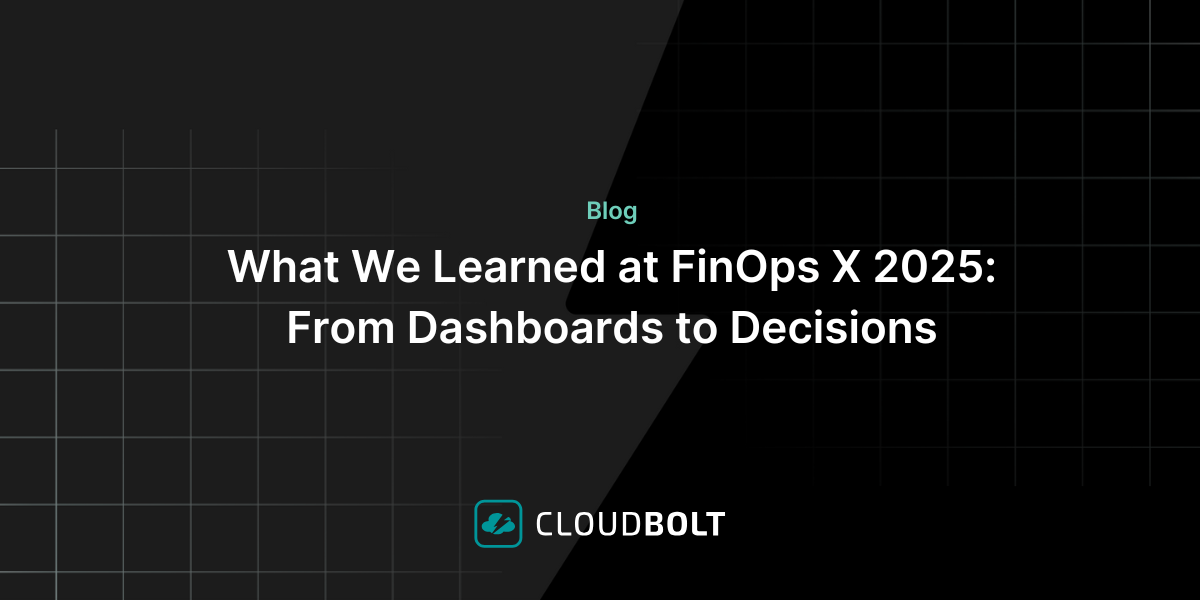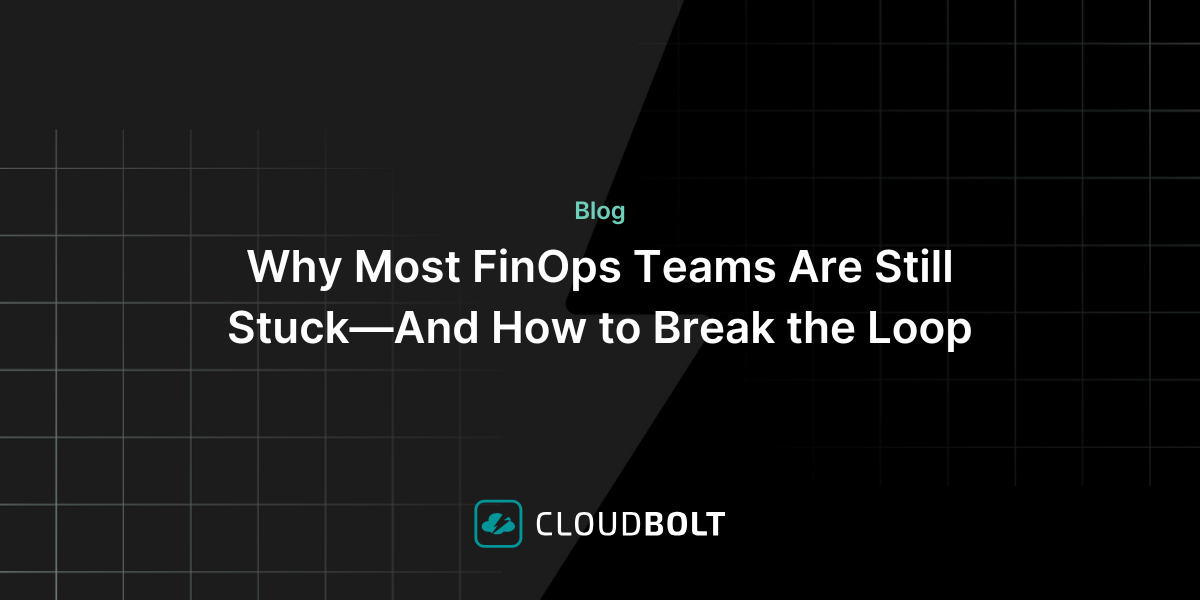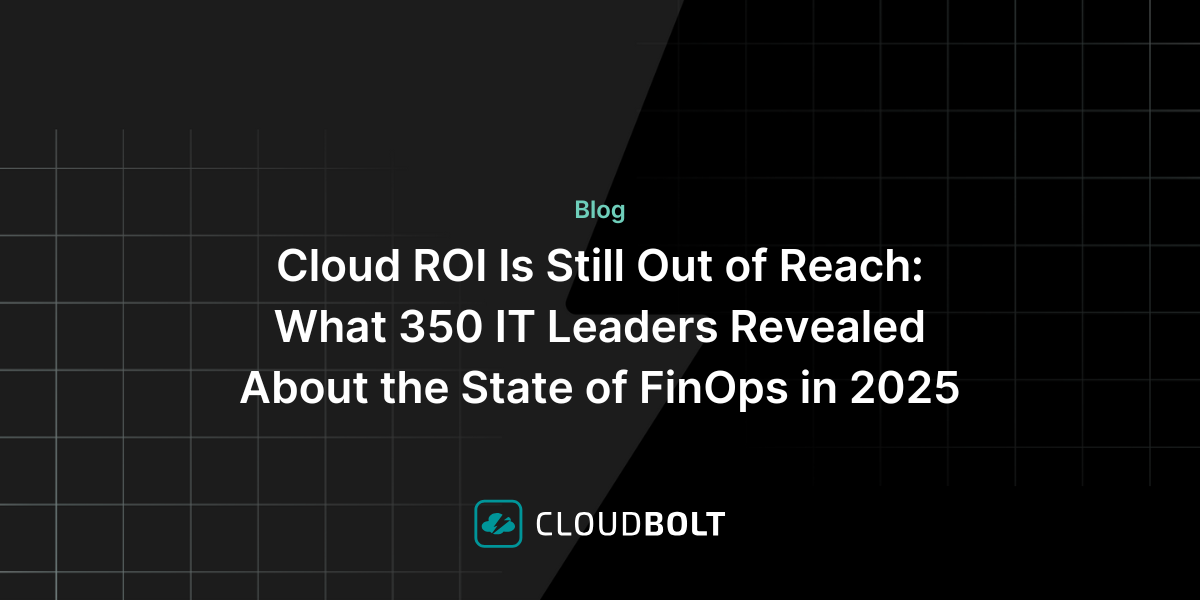The Truth About Generation 1.0 CMPs and the New Cloud Order
Even the venerable first-generation leader in cloud management must contend with in meeting evolving cloud requirements.
VMware, and its vRealize Automation (vRA) product specifically, may be struggling with the New Cloud Order. Gone are the days of one public cloud and all workloads being on VMware. Organizations want to offer true self-service across multiple clouds and virtualization platforms.
They want Terraform, they want CI/CD/CIT, they want DevOps. These are challenging requirements – even for a market leader. We discovered this as part of our survey of over 200 IT practitioners and leaders for their opinions about vRA, the shift from vRA 7 to 8, and the visibility into the integrations needed for modern CMPs. We gathered this information in our latest CloudBolt Industry Insights (CII) report, The Truth About First-Generation Cloud Management Platforms: A Focus on VMware vRealize Automation.
The New Cloud Order Refresher
Here’s how we view the New Cloud Order at CloudBolt: old, siloed, myopic ways of doing business no longer cut it. Not when technology, tools, processes, and ideas change as rapidly as they do now.
Reordering of strategic priorities require comprehensive solutions and improvement in three key areas: automation, optimization, and integration. That’s where the New Cloud Order comes into play. It demands simplification of complexities using intelligent, agile, and interdependent approaches to vexing hybrid cloud problems. Self-service, cost and security optimization and simplifying integrations all play a factor here.
Where Users Need More from vRA
The two top reasons companies cite for wanting to leave vRA are:
- Pain of migrating to vRA (custom coded integrations and workflows must be rewritten)
- Pressure to buy “Enterprise” edition to maintain current capabilities (Enterprise is nearly double the cost of other editions)
As the end of support date for vRA 7 approaches in Sept. 2022, it is likely more customers will seek alternatives for similar reasons.
Tracking and visibility seems to generally be an issue for hybrid cloud deployments. And given the amount of custom coded integrations vRA customers have, tracking and seeing the flow of data between those integrations becomes exponentially more challenging (for example, the ability to visualize, audit, or troubleshoot from the component level integrations such as IP/DNS assignment, networking, security, and configuration/directory/service management). 53% of respondents recognize that vRA simply does not provide this information – and neither does any custom coded integration.
In the end, despite the delays in making the jump from vRA 7 to vRA 8, companies will migrate. But as the New Cloud Order continues to become increasingly more complicated, customers will need more than just vRA to be effective. The goal is to use vRA as a framework and make it better by integrating other tools and capabilities.
We will discuss more of the specific issues raised by our survey in subsequent blog posts.
In the meantime, please check out the full CII report on vRA, which you can access for free below.
Related Blogs

What We Learned at FinOps X 2025: From Dashboards to Decisions
At FinOps X 2025, one message echoed across sessions and conversations: FinOps is growing up. The scope is expanding. The…

